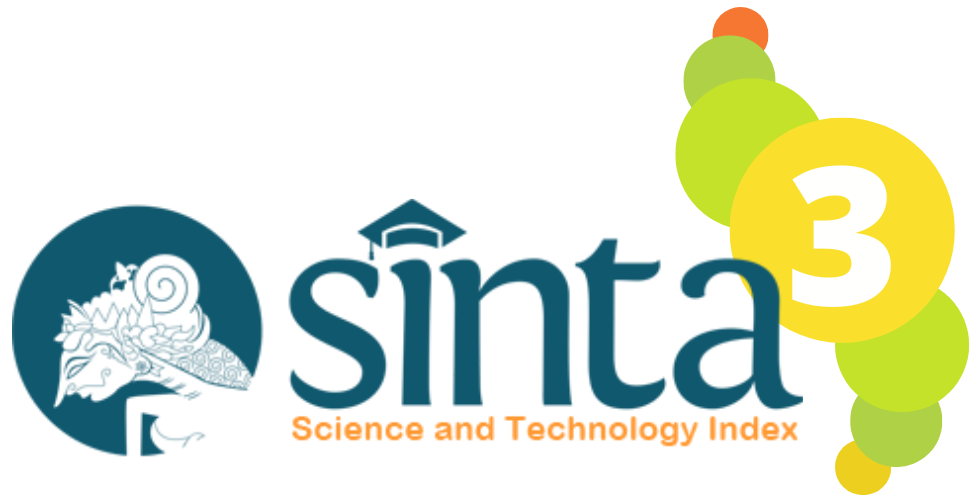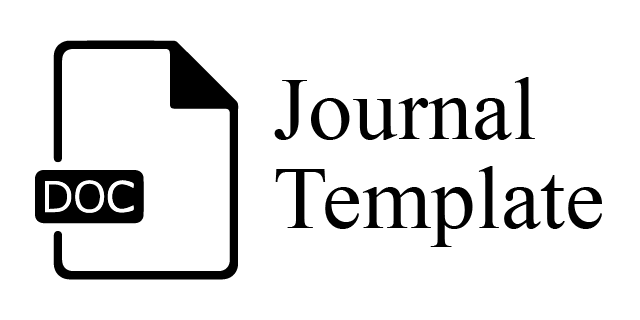Patogenisitas Cendawan Colletotrichum musae dan Colletotrichum gloeosporioides Penyebab Penyakit Antraknosa dan Ketahanan Buah Beberapa Kultivar Pisang
DOI:
https://doi.org/10.24853/jat.9.1.36-43Keywords:
Keparahan penyakit, periode inkubasi, penyakit antraknosa, pisangAbstract
Penyakit antraknosa merupakan salah satu penyakit pascapanen pada buah pisang saat penyimpanan yang menyebabkan buah akan membusuk dan rusak sebelum matang. Penyakit antraknosa pada buah pisang disebabkan oleh cendawan Colletotrichum musae dan C. gloeosporioides. Penelitian bertujuan untuk mengetahui patogenisitas isolat C. musae dan C. gloeosporioides serta ketahanan buah beberapa kultivar pisang. Penelitian dilaksanakan pada November 2021 sampai Januari 2022 di Laboratorium Hama dan Penyakit Tanaman, Fakultas Pertanian, Universitas Malikussaleh. Percobaan disusun menggunakan Rancangan Acak Lengkap pola faktorial. Faktor pertama yaitu kultivar buah pisang dan faktor kedua yaitu isolat cendawan.. Parameter yang diamati adalah warna koloni cendawan, periode inkubasi, dan keparahan penyakit. Hasil penelitian menunjukkan bahwa koloni C. musae berwarna putih dan C. gloeosporioides berwarna putih keabuan, periode inkubasi paling singkat terjadi pada buah pisang yang diinokulasi C. musae. Berdasarkan nilai keparahan penyakit respons buah pisang dibedakan menjadi sangat rentan ( Tanduk), rentan ( Barangan, Mas, Awak, dan Raja) dan agak tahan (Kepok). Inokulasi isolat C. musae dan C. gloeosporioides pada buah pisang Tanduk dapat meningkatkan keparahan penyakit dan periode inkubasi yang singkat dibandingkan pada buah pisang Kepok. Isolat C. musae memiliki tingkat patogenisitas lebih tinggi dibandingkan C. gloeosporioides.ABSTRACTAnthracnose disease is one of the post-harvest diseases in bananas during storage that causes the fruit to rot and be damaged before it ripens. Anthracnose disease in bananas is caused by the fungi Colletotrichum musae and C. gloeosporioides. The study aims to determine the pathogenicity of C. musae and C. gloeosporioides isolates and the resistance of several banana cultivars. The study was conducted from November 2021 to January 2022 at the Plant Pests and Diseases Laboratory, Faculty of Agriculture, Malikussaleh University. The experiment was arranged using a Completely Randomized Design with a factorial pattern. The first factor is the banana cultivar and the second factor is the fungal isolate. The parameters observed were the colony color, the incubation period, and the severity of the disease. The results showed that the C. musae colony was white and C. gloeosporioides was grayish white, the shortest incubation period occurred in bananas inoculated with C. musae. Based on the severity of the disease, the response of banana fruit is divided into very susceptible (Tanduk), susceptible (Barangan, Mas, Awak, and Raja) and somewhat resistant (Kepok). Inoculation of C. musae and C. gloeosporioides isolates on Tanduk banana fruit can increase the severity of the disease and the short incubation period compared to Kepok banana fruit. C. musae isolates have a higher pathogenicity level than C. gloeosporioides.References
Alvindia, D. G. (2013). Improving control of crown rot disease and quality of pesticide-free banana fruit by combining Bacillus amyloliquefaciens DGA14 and hot water treatment. European journal of plant pathology, 136(1), 183–191.
Bele, L., Kouamé, D. K., dan H.D., A. (2018). Sensitivity of Colletotrichum species responsible for banana anthracnose disease to some fungicides used in postharvest treatments in Côte d’Ivoire. International Journal of Environment Agriculture and Biotechnology, 3(2), 537–542.
Cole T, G., dan Kendrick, B. (1981). Biology of Conidial Fungi. Inggris (GB): Academic Press.
Elsalam, K. A., Roshdy, S., Amin, O. E., dan Rabani. (2010). First Morphogeneic Identification of the Fungal Pathogen Colletotrichum musae (Phyllachoraceae) from Imported Banana in Saudi Arabia. Genetic and Molecular Research, 9(4), 2334–2342.
Gautam, A. K. (2014a). Colletotrichum gloeosporioides: biology, pathogenicity and management in India. J. Plant Physiol. Pathol, 2(2), 2–11.
Gautam, A. K. (2014b). The genera Colletotrichum: an incitant of numerous new plant diseases in India. J New Biol Reports, 3, 9–21.
Grahovac, M., Indic, D., Vukovic, S., Hrustc, J., Gvozdenac, S., Mihajlovic, M., dan Tanovic, B. (2012). Morphological and ecological features as differentiation criteria for Colletotrichum species. J Agriculture, 99(2), 189–196.
Jinyoung, L., Tae Heon, L., dan Byeongjin, C. (2002). Isolation and identification of Colletotrichum musae from imported bananas. The Plant Pathology Journal, 18(3).
Kumar, A. S., Reddy, N. E., Reddy, K. H., dan Devi, M. C. (2007). Evaluation of fungicidal resistance among Colletotrichum gloeosporioides isolates causing mango anthracnose in Agri Export Zone of Andhra Pradesh, India. Plant Pathol Bull, 6(3), 157–160.
Muhibuddin, A., Sektiono, A. W., dan Sholihah, D. M. (2019). Potential of Wild Yeast from Banana to Control Colletotrichum musae Fungi Caused Anthracnose Disease and Its Short Antagonistic Mechanism Assay. Journal of Tropical Life Science, 9(1), 267308.
Natawigena, H. (2000). Pestisida dan kegunaannya. Bandung: Armico.
Pamekas, T., Sumardiyono, C., Pusposendjojo, N., dan Indradewa, D. (2013). Variability of seven isolat of Colletotrichum musae the patogen of anthracnose disease on banana fruit. International Symposium for Sustainable Humanosphere (ISSH), 131–136.
Ploetz, R. C. (2015). Management of Fusarium wilt of banana: A review with special reference to tropical race 4. Crop Protection, 73, 7–15.
Rumahlewang, W., dan Amanupunyo, H. R. (2018). Patogenisitas Colletotrichum musae penyebab penyakit antraknosa pada beberapa varietas buah pisang. Agrologia, 1(1), 288728.
Shankar, G., Jeevitha, P., dan Shadeesh, L. (2017). Nutritional analysis of Musa acuminata. Journal of Food and Dairy Technology, 5(4), 27–29.
Smith, B. ., dan Black, L. L. (1990). Morphological, cultural, and pathogenic variation among Colletotrichum species isolated from strawberry. Plant Dis, 74, 69–76.
Thangamani, P. R., Kuppusamy, P., Peeran, M. F., Gandhi, K., dan Raguchander, T. (2011). Morphological and physiological characterization of Colletotrichum musae the causal organism of banana anthracnose. World Journal of Agricultural Sciences, 7(6), 743–754.
Watanabe, T. (2002). Pictorial Atlas of Soil and Seed Fungi Morphologies of Cultured Fungi and Key to Species. Inggris (GB): CRC Press.
Wiyono, S. (2010). Penyakit-penyakit penting tanaman pisang dan pengendaliannya (I-MHERE B2). Bogor.











